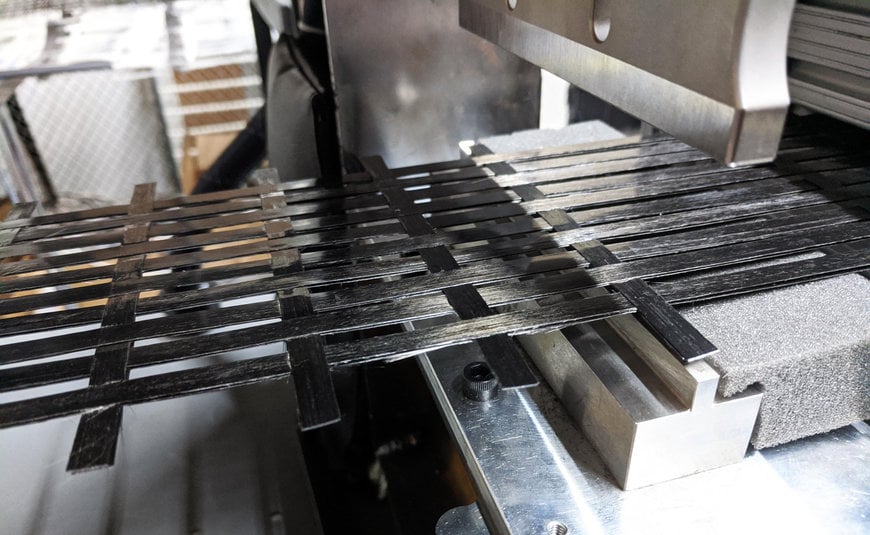www.magazine-industry-usa.com
05
'21
Written on Modified on
WEAV3D Awarded NSF Funding to Further Develop Next-Generation Composite Forming Machine
WEAV3D Inc., an innovator in composite materials, manufacturing processes and processing equipment, has been awarded a $999,943 National Science Foundation (NSF) Small Business Innovation Research (SBIR) Phase II grant. This two-year award will fund the design, fabrication and testing of a continuous composite forming machine that uses ultrasonic welding to increase the production throughput of WEAV3D’s patent-pending continuous composite forming process.

This SBIR Phase II project addresses the traditional challenges of composite manufacturing. While these processes can produce lightweight, stiff and strong components, they suffer from high part cost and low production throughput. The WEAV3D process combines weaving and composite consolidation into an automated, continuous process that reduces waste, cycle times and material handling costs. WEAV3D’s Rebar for Plastics® approach improves part stiffness and strength while minimizing weight, enabling new innovations in the automotive and construction markets at a fraction of the cost and cycle time associated with traditional composite manufacturing.
Traditional composite manufacturing methods also rely on energy-intensive curing processes, which translate to high embodied energy, or energy per unit mass, and contribute to the overall CO2 footprint of the finished part. WEAV3D was previously awarded a $224,718 NSF SBIR Phase I grant to investigate alternative thermal consolidation methods, with the goal of reducing embodied energy by at least 60 percent relative to the current infrared consolidation baseline. Of all the consolidation techniques evaluated, ultrasonic welding showed the best combination of speed, efficiency and weld quality.
“During Phase I, we demonstrated that replacing infrared heating with ultrasonic welding for thermoplastic consolidation yields an 85-percent reduction in embodied energy, all while matching or exceeding the production speed of the infrared system,” explains Chris Oberste, Ph.D., Founder and CEO of WEAV3D. “Our proposed research activities for Phase II will translate these embodied energy reductions into production speed improvements through the fabrication and testing of our next-generation composite forming machine.”
WEAV3D’s next-generation system will be built with automotive production speed and quality standards in mind, with a target production capacity of 200,000 to 300,000 automotive door panel size parts per year.
For more information visit: https://weav3d.com/

